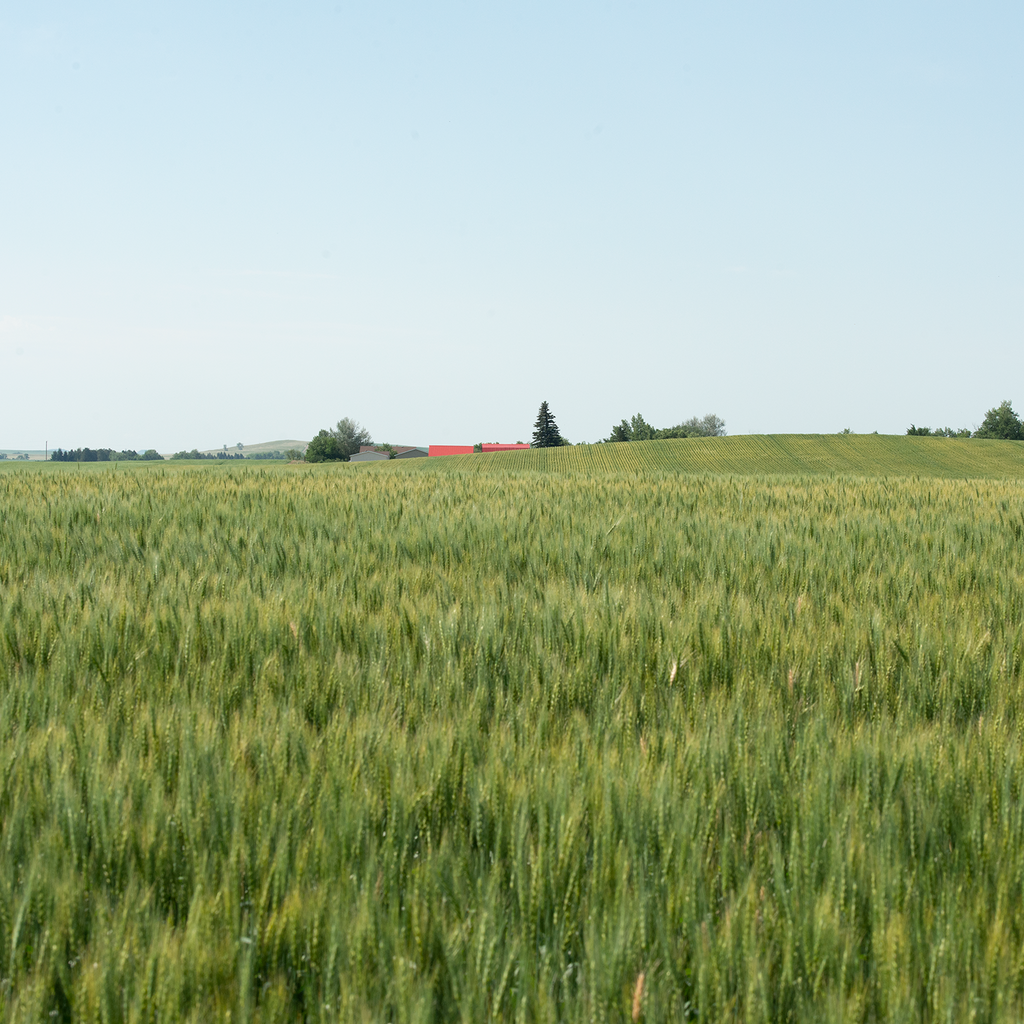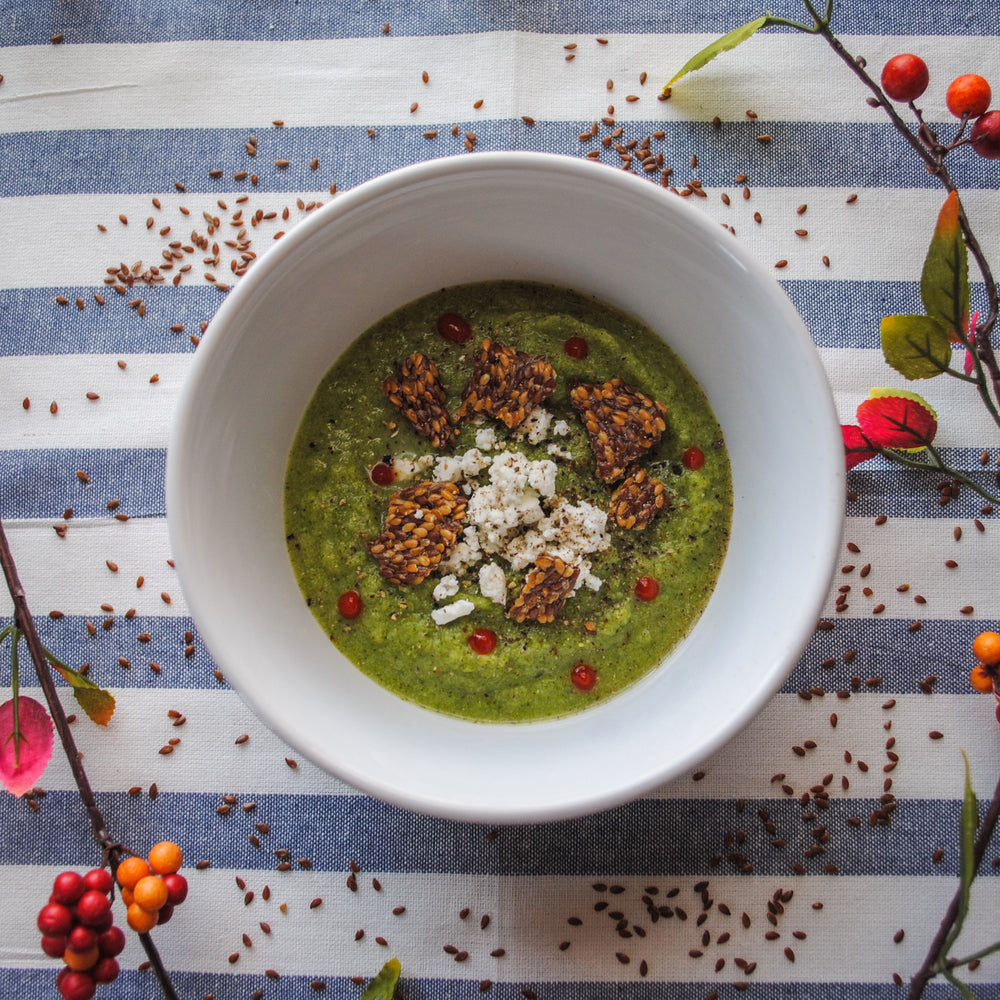
Our favorite time of year has arrived: The flax seed harvest! Each year in September, growers head to their fields to prepare for the flaxseed harvest.
As a hearty plant that can tolerate a range of soils and climates, flaxseed is easily grown in most parts of the United States and Canada. While flax can be grown year round depending on the locale and climate, a good majority of North American growers plant flax in the spring and harvest about 100 days later in the beginning of fall.
During the growing season, flax plants produce flowers that last just one day multiple times throughout their lifecycle. When the fields bloom, beautiful blue-purple blossoms open up to the skies, attracting vital pollinators like bees and flower flies.

Growers know when flax is ready to be harvested when around 90 percent of the seed heads turn gold, tan, or brown. When the crops are ready, growers winnow the crops, which means they blow air through to dry them out to prepare the plants for the combines.
Flaxseed plants are made up of some of the strongest natural fibers of any agricultural crop, causing farmers to use special care and technique to slowly reap the crop. Here’s a great video from Harry’s Farm that details the difficulties in harvesting flax and linseed crops, including some broken combine blades.
After the flax crop is fully harvested, the seeds are sent to a processing plant where all remaining stems, leaves, and seed pods are removed from the actual flaxseed.
Once the flaxseed has been fully prepared for market, foodmakers like us purchase directly from the processors so we can begin making our delicious flaxseed crackers.
A Brief History of Flaxseed’s Diverse Uses
Flaxseed is a wonderfully versatile crop that is not only used for modern day food consumption. Flaxseed, or linseed as it may be called in the UK or when grown for textile purposes, has been a highly useful plant harvested and cultivated by humans for thousands of years.
According to The Harvard Gazette, a team of archaeologists and paleobiologists discovered flax fibers that were more than 34,000 years old, making them the oldest known fibers used by ancient civilizations. The flaxseed used by our ancestors was harvested from the wild, as agriculture and farming as we know it today still had a few thousand years to be discovered.
Flaxseed’s strong plant fibers were first put to use as material objects like clothing, shoes, baskets, and paper. Scientists believe flax could have been used to sew hides together, keeping early humans warm and protected against harsh winters.
Today, flaxseed crops are still cultivated and harvested to make linen bed sheets, table cloths, crochet yarns, tea bags, fine papers, and more.


